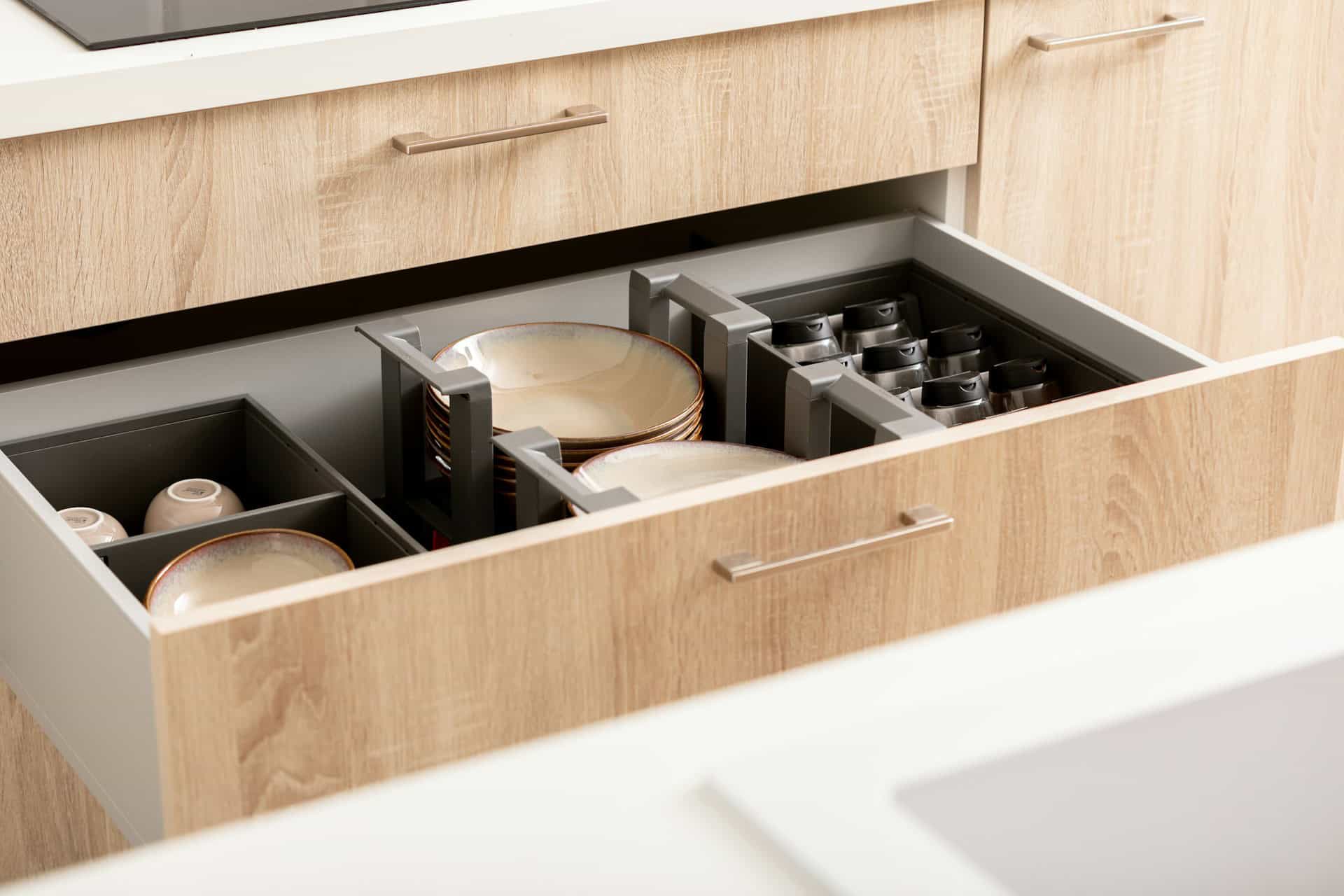
Question: At What Age Can Most Children Open Cabinets and Drawers?
Answer: Most children can open cabinets and drawers between 6 and 12 months old, sometimes earlier.
Childproofing: When Do Little Ones Master Cabinets and Drawers?
Babies grow quickly. One day, they are immobile newborns, the next they are mobile explorers, eager to investigate every nook and cranny. For parents, this means implementing childproofing measures, especially regarding cabinets and drawers. This article addresses the typical age children develop the ability to open these, empowering parents to create a safe home environment.
Understanding Child Development and Exploration
Children develop at different rates. However, general milestones offer guidance for parents. Around six months, babies begin to roll and crawl, gaining access to previously unreachable areas. This newfound mobility coincides with a natural curiosity, prompting exploration. They pull, push, and grab objects, learning about their world through touch and manipulation.
Between eight and twelve months, many babies can pull themselves up to a standing position. This allows them to reach higher surfaces, including lower cabinet doors and drawers. Their fine motor skills also improve, enabling them to grasp handles and knobs more effectively.
As toddlers approach two years old, their dexterity and problem-solving skills increase significantly. They can often figure out how to open even childproofed cabinets and drawers, posing a safety risk.
Click here for more information on about Blue Kitchen Refacing
Related Article: Can You Child Proof Kitchen Drawers?
Related Article: How to Childproof Kitchen Drawers?
Creating a Safe Home Environment
Creating a safe home for a curious child involves more than just installing cabinet locks. Secure heavy furniture to the wall to prevent tipping accidents. Place cleaning supplies, medications, and other hazardous materials out of reach, preferably in locked cabinets high up. Cover electrical outlets and secure loose cords.
Regularly inspect your home for potential hazards, looking at it from your child’s perspective. Crawl around on the floor to identify accessible dangers. Ensure all safety devices are functioning correctly and replace any damaged or worn-out equipment. Educate older children about safety rules and the importance of keeping dangerous items out of reach of younger siblings.
Remember, childproofing is an ongoing process, not a one-time event. As your child grows and develops, their abilities change, requiring you to adapt your safety strategies. Stay informed about the latest safety recommendations and products to provide the best protection for your child.
Childproofing Products for Cabinets and Drawers
A variety of childproofing products exist for cabinets and drawers. Magnetic locks offer a hidden solution, requiring a magnetic key to open. These are effective for keeping toddlers out but can be less convenient for daily adult use. Adhesive latches provide a visible deterrent and are relatively easy to install. They can be adjusted to fit different cabinet and drawer configurations.
Adjustable straps offer versatility and can secure various furniture items, including appliances, toilets, and trash cans. They are easy to install and remove, making them a good option for renters. Sliding locks are another popular option, suitable for cabinets and drawers with specific handle styles.
When choosing childproofing products, consider your child’s age, developmental stage, and the specific layout of your home. Select products that meet your needs and budget, and always follow the manufacturer’s instructions for proper installation and use.
Beyond Cabinets and Drawers
While securing cabinets and drawers is crucial, remember other aspects of childproofing. Install safety gates at the top and bottom of stairs to prevent falls. Anchor heavy furniture like bookshelves and dressers to the wall to prevent tipping hazards. Cover electrical outlets and secure loose cords. Store cleaning supplies, medications, and other hazardous materials out of reach in high, locked cabinets.
Regularly inspect your home for potential dangers. Take a child’s perspective, crawling on the floor to identify accessible hazards. Check windows to ensure they have appropriate safety features and that cords for blinds and curtains are out of reach. Secure any loose rugs or mats to avoid tripping hazards. Test smoke detectors and carbon monoxide detectors regularly.
Educate older children about safety rules and supervise younger children closely. Never leave young children unattended in areas with potential hazards. Teach children about safe practices in the kitchen and bathroom, including staying away from hot stoves and ovens and not playing with water.
Supervision and Education
While physical barriers like cabinet locks play a vital role, adult supervision remains the most effective safety measure. Actively monitor young children, especially in areas with potential hazards. Engage with them, teaching them about safety rules and the reasons behind them. Children learn through observation and interaction. Modelling safe behaviours sets a positive example.
As children grow, involve them in safety discussions. Explain the dangers associated with certain items and areas, empowering them to make safe choices. Foster open communication, encouraging them to ask questions and express concerns. Building a foundation of safety awareness helps them develop responsible habits that extend beyond the home environment.
Conclusion – At What Age Can Most Children Open Cabinets and Drawers?
Childproofing is an ongoing process. Regularly reassess your home for potential hazards as your child grows and develops. Adjust your safety strategies accordingly. Staying informed about the latest safety recommendations and product updates ensures you provide the best possible protection for your child.
By addressing childproofing comprehensively, considering physical safeguards, education, and vigilant supervision, parents can create a nurturing and secure environment where their children can explore, learn, and thrive. Remember that no childproofing method is foolproof, and a combination of strategies offers the most effective protection. Adapting your approach as your child grows ensures their safety throughout their developmental journey.

Blue Malue Get in touch with Blue here.
